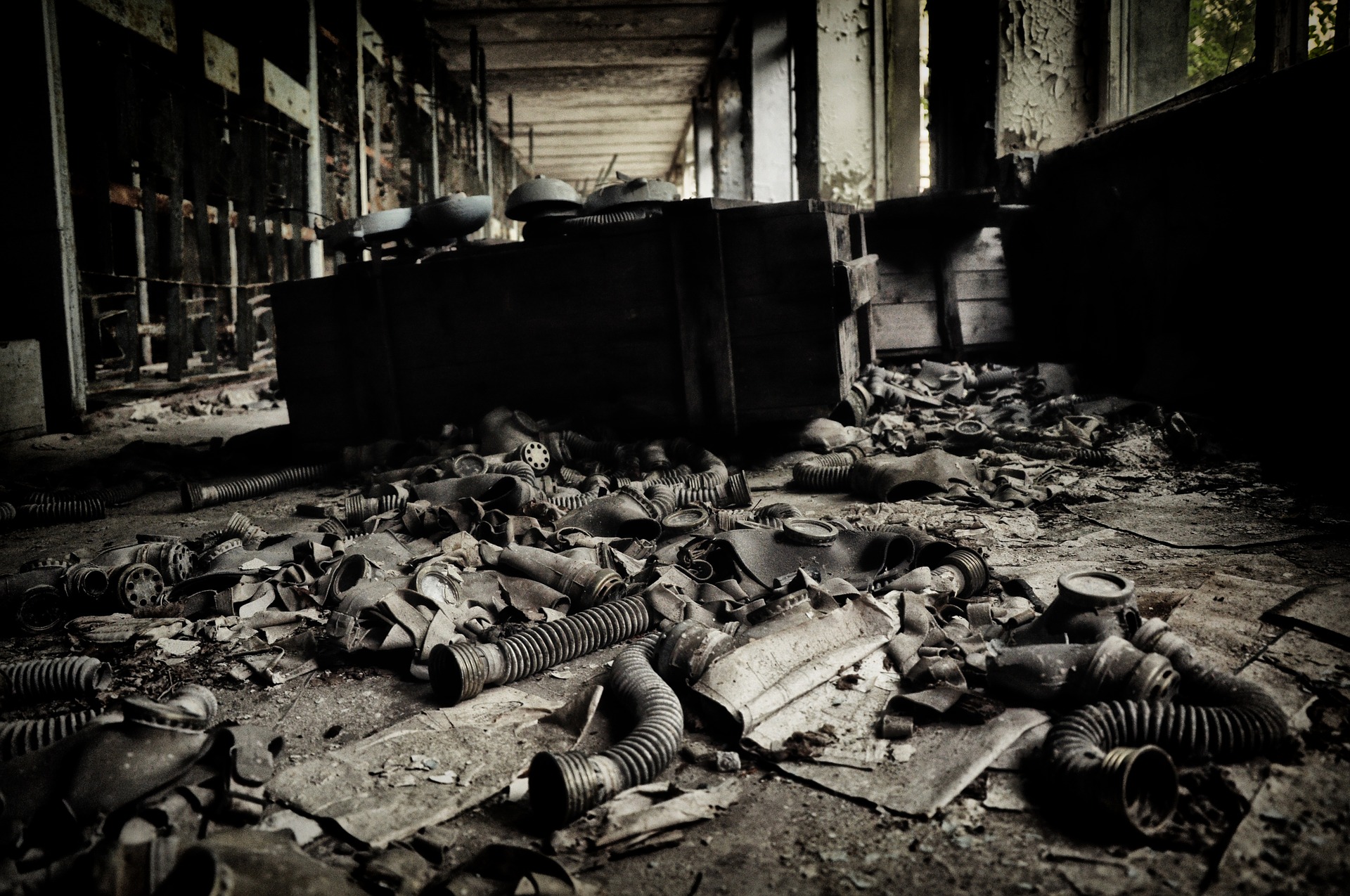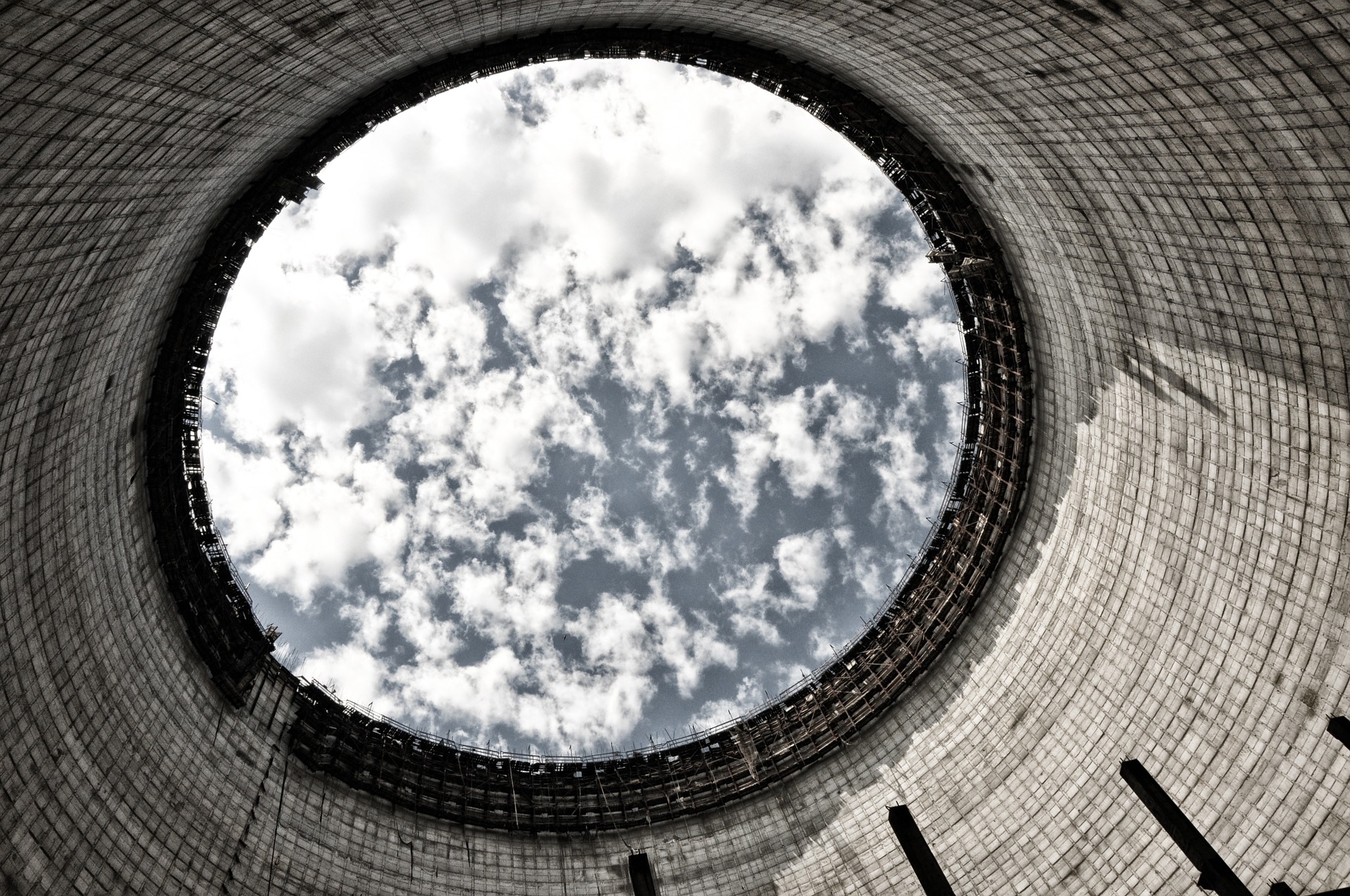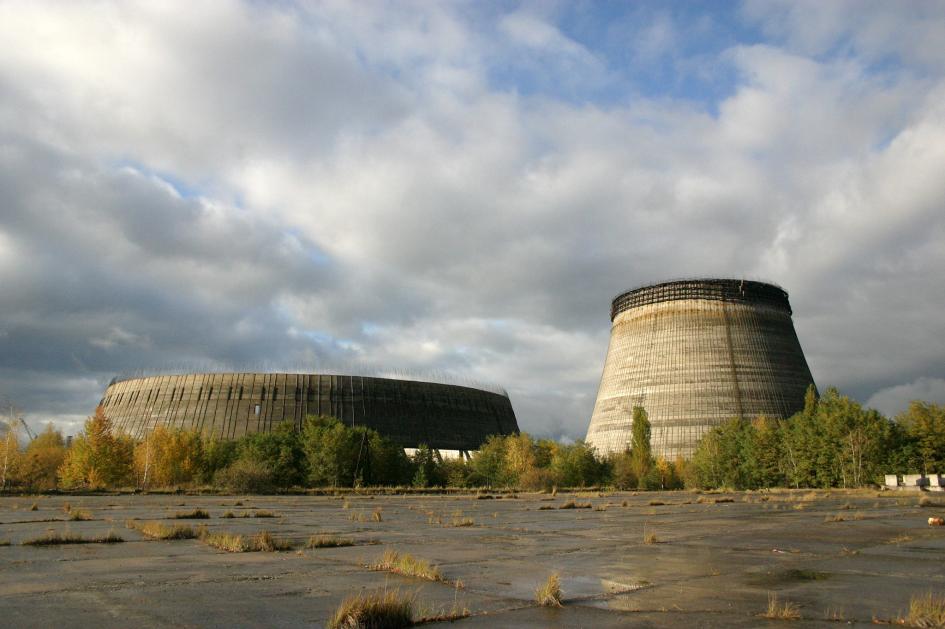
Why the Chernobyl Nuclear Ruins Are a 20th-Century Pompeii
Source:nationalgeographic.com
An archaeologist explains why he’s studying the radioactive remains of an abandoned Soviet nuclear city.
Thirty years ago this week, a reactor explosion at the Chernobyl power plant in the former Soviet Union resulted in the worst peacetime nuclear disaster in human history. Due to high radiation levels, the thousand-square-mile (2,600-square kilometer) Exclusion Zone was quickly established around Chernobyl and the nearby city of Pripyat in what is today northern Ukraine. More than 100,000 people were permanently evacuated, and more than a hundred human settlements in the zone were demolished or abandoned. (Experience Chernobyl’s haunting ruins in 360-degree photos.)
Robert Maxwell, a Ph.D. candidate at the University of Sydney, is the only archaeologist currently studying the Chernobyl disaster. He spent two seasons (2010 and 2012) performing fieldwork in the Exclusion Zone. National Geographic News recently spoke to Maxwell about his experience.
Why would an archaeologist be interested in a 30-year-old nuclear disaster site like Chernobyl?
I study contemporary abandonment practices—why some 20th-century cities and settlements were abandoned in such a short space of time. My thesis looks at what happens when the ideology and the material reality of a city become dislocated.
That sounds complicated.
Take Detroit, for instance. When the automotive industry became more globalized and automation began to replace human workers, Detroit essentially lost its ideology, its reason for being. It went from being the jewel in the crown of 20th-century American industrialism to a depleted, problematic city. (See how nature is reclaiming Detroit.)
30 Years After Chernobyl, Nature Is Thriving April 18, 2016 – Thirty years after the Chernobyl nuclear accident, people are still restricted from resettling the evacuation area, dubbed the Chernobyl Exclusion Zone. The absence of humans has created an opportunity for nature to thrive. A new study using remote cameras reveals abundant populations of gray wolves, raccoon dogs, and red fox.
How does this apply to the Chernobyl Exclusion Zone?
The one common ideology between the Soviets and the U.S. in the 20th century was nuclear fundamentalism—whoever could control the atom and its explosive force controlled the future.
Pripyat was built just two miles (3.2 kilometers) from the Chernobyl plant and was considered the finest example of a Soviet atomograd (literally “atom city,” a restricted area where nuclear activities took place). The ideology of nuclear fundamentalism was literally imposed on its layout. You have the social and cultural nucleus (the Palace of Culture and Science, the amusement park) and orbiting functions connected like spokes of an atom: the supermarket, the post office, apartment buildings.
However, the nuclear plant, while ideologically perfect, was imperfectly designed. Also, it was run with management from a coal-fired [energy] background, so they didn’t understand nuclear physics, but they very much understood Soviet ideological pressure. So when something went wrong—as happened on the 26th of April 1986—it went wrong in a very big way.
So essentially we have the only surviving atomograd in existence that was abandoned right when it was flourishing. You’ve got a really interesting picture of a 20th-century city in crisis, right when the ideals of nuclear fundamentalism and the “perfect Soviet machine” fell to pieces.
What sort of precautions did you have to take when you worked in the zone?
Most of the radiological particulate contamination these days is in the form of dust. As long as you’re getting that off and not licking anything or picking anything up you’re relatively OK.
I did a lot of my fieldwork in a ventilator, a pair of jeans, and a pair of boots that I would get rid of before I left the zone. I was monitored for radiological contamination every day, and I got really good at taking extremely strong “Silkwood” showers.
Actually, the biggest danger was not the radioactivity but the wild boars. The wildlife in the zone has repopulated to medieval levels, and the number one piece of advice I was given by my local guides was, “If you see pig, climb tree.” (Learn how animals rule Chernobyl today.)
What is archaeology telling us about Chernobyl?
We think it’s a place where humans aren’t supposed to go, that it’s supposed to be a wasteland. But when you get there it’s teeming with wildlife, there’s a local community of 2,000 people living in the zone, and the French consortium that’s building the container shelter project over the Chernobyl plant is a 6,000-strong workforce. There are also thousands of tourists coming into the zone every year.
Then there’s all of the looting and material reclamation. When I do surveys of the abandoned apartment buildings, the only things left are the TVs and the pianos, because they’ve got no resale value and you can’t get them down the stairs.
You’ve also got these little snapshots of crisis and disaster all over the place. There are a lot of depositions of overalls and gas masks where someone had taken them off, left them, and just walked away.
History is what we said happened, but archaeology is the record of what actually happened.
If the atomograd and the plant had worked in the way it was supposed to, you wouldn’t find these crisis depositions. You wouldn’t find toys left abandoned in the middle of a kindergarten playground. You wouldn’t find a wedding photo left behind in an apartment that’s otherwise been completely looted.
Should more archaeologists be studying the Exclusion Zone?
Chernobyl is one of those types of sites like Pompeii, where it is a snapshot of a period in history. It’s really one of the most diagnostic events of the 20th century. Then you have glasnost and perestroika and the Berlin Wall coming down, so it very well may have changed the century that we’re currently living in.
That’s where the value of archaeology comes in. Basically, history is what we said happened, but archaeology is the record of what actually happened. It’s the only litmus test of what really happened in any century, including the 20th century.
Note: This interview has been condensed and edited for clarity.


